Review finds glass ionomer had lowest annual failure rate in non-carious cervical lesions
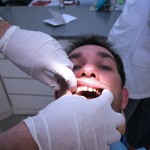
Non-carious cervical lesions (NCCLs) are saucer or wedge-shaped defects that appear along the cementum-enamel junction as a result of gradual loss of dental tissues in the absence of caries. Their aetiology has not been fully clarified. NCCLs are restored using adhesive materials glass-ionomers and their resin-modified version, poly-acid modified composites (known as ‘compomers’), composite and [read the full story…]
Review finds limited evidence for the effectiveness of the Fränkel regulator for class III malocclusions
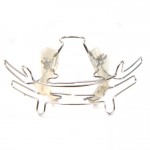
Treatment of class III malocclusions frequently involves the use of functional appliances. The Fränkel regulator type III (FR-3) is a wire and acrylic appliance developed to treat class III malocclusions but there is controversy over its effectiveness. The aim of this review was to evaluate the effectiveness of the FR-3 in patients with Class III [read the full story…]
Review found little short-term differences in gingival condition between triclosan-containing and stannous fluoride toothpastes
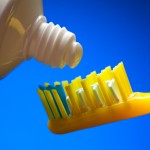
While there have been reductions in caries prevalence in many countries ,levels of gingivitis remain high. Toothpastes aid tooth cleaning and provide a useful delivery agent for plaque control agents. The aim of this review was to compare the effectiveness of stannous fluoride (SnF) toothpastes with triclosan-containing (Tcs) toothpastes in improving gingival inflammation and plaque [read the full story…]
Available evidence for various aspects of surgical removal of third molars is very low to moderate
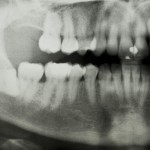
The surgical removal of third molars (wisdom teeth) is one of the commonest operations performed. It is usually carried out because of infection associated with a partially erupted and impacted tooth. The aim of this update to a Cochrane review was to compare the relative benefits and risks of different techniques for undertaking various aspects [read the full story…]
Chlorhexidine mouthwash better than chlorhexidine dentifrice or gel at inhibiting plaque but it leads to more tooth discolouration
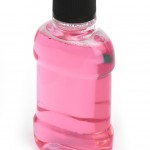
The role of chlorhexidine (CHX) in inhibiting plaque growth has been extensively studied. The aim of the review was to evaluate the effectiveness of CHX-containing dentifrice (DF) or gel (CHX DF/gel) compared with CHX mouthwash (MW). Searches were conducted in Medline-PubMed, the Cochrane Central Register of Controlled Trials (CENTRAL) and Embase databases. Randomized controlled trials [read the full story…]
Review of dental implant loading within 24hours suggests no difference in annual failure rates compare to conventional loading
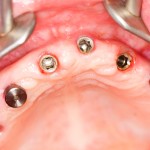
While the use of dental implants has become more routine there is still discussion around the most appropriate time for loading implants. The aim of this review was to compare annual failure rates and marginal bone level changes of implants loaded within 24 hours compared with conventional loading. Searches were conducted in Medline and the [read the full story…]
Review finds limited evidence for laser treatment in comparison to conventional treatment of peri-implantitis
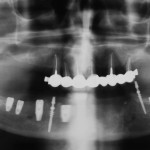
Peri-implantitis is a common reason for the failure of dental implants and a number of different treatments for managing this condition have been suggested (Dental Elf 26th Jan 2012). The aim of this review was to assess whether laser therapy was effective either as a monotherapy or as an adjunctive therapy in the treatment of [read the full story…]
Review suggests twin-block appliance produces changes- but are they clinically important?
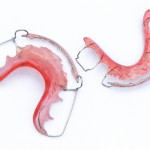
Fixed and removable functional appliances are used in the management of class II malocclusions. The Twin-block consists of upper and lower acrylic bite blocks with occlusal inclined planes that interlock at a 70 degree angle and guide the mandible forward and downward. It is considered that the twin-block is better tolerated by patients. The aim [read the full story…]
Review suggests that caries risk and number of restored surfaces impact on posterior composite survival rates
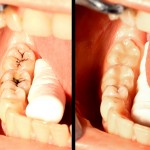
Dental amalgam has been the filing material for choice for more than 150 years. However, because of their aesthetics and concern over their mercury content their use has been declining. The Minamata Convention on Mercury has also proposed that their use be phased down according to local needs. The development of tooth-coloured resin composites from [read the full story…]
Review found no evidence showing that any particular type of dental implant had greater long-term success

Dental Implants now in regular use in dental practice. However they come in an almost bewildering array of sizes and materials and with a range of surface characteristics and modifications. Many of these modifications have been developed with the aim of improving clinical performance. This update of a Cochrane review which was last refreshed in [read the full story…]
